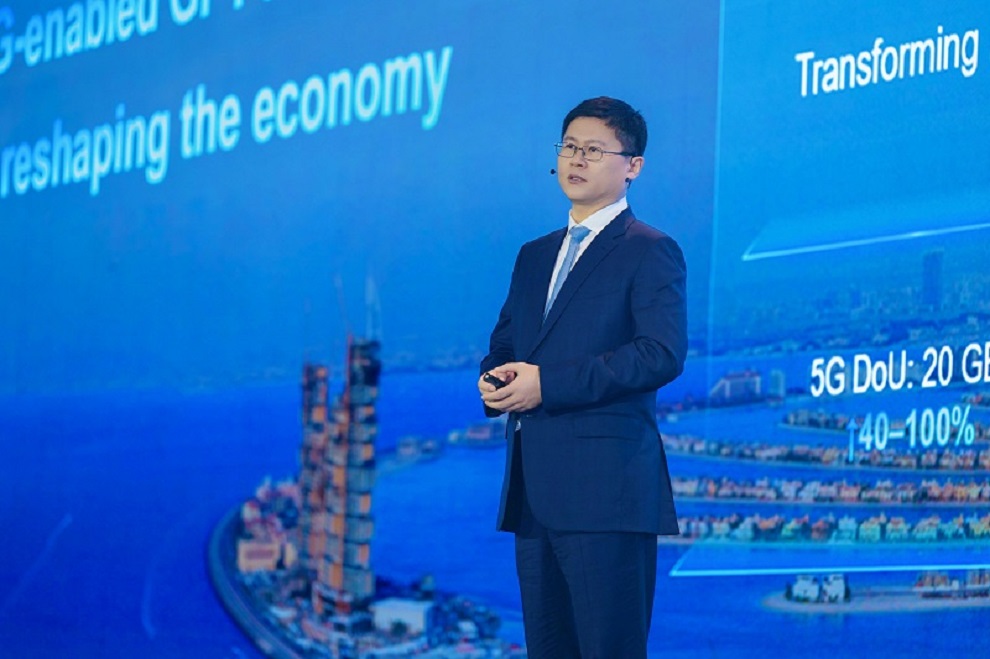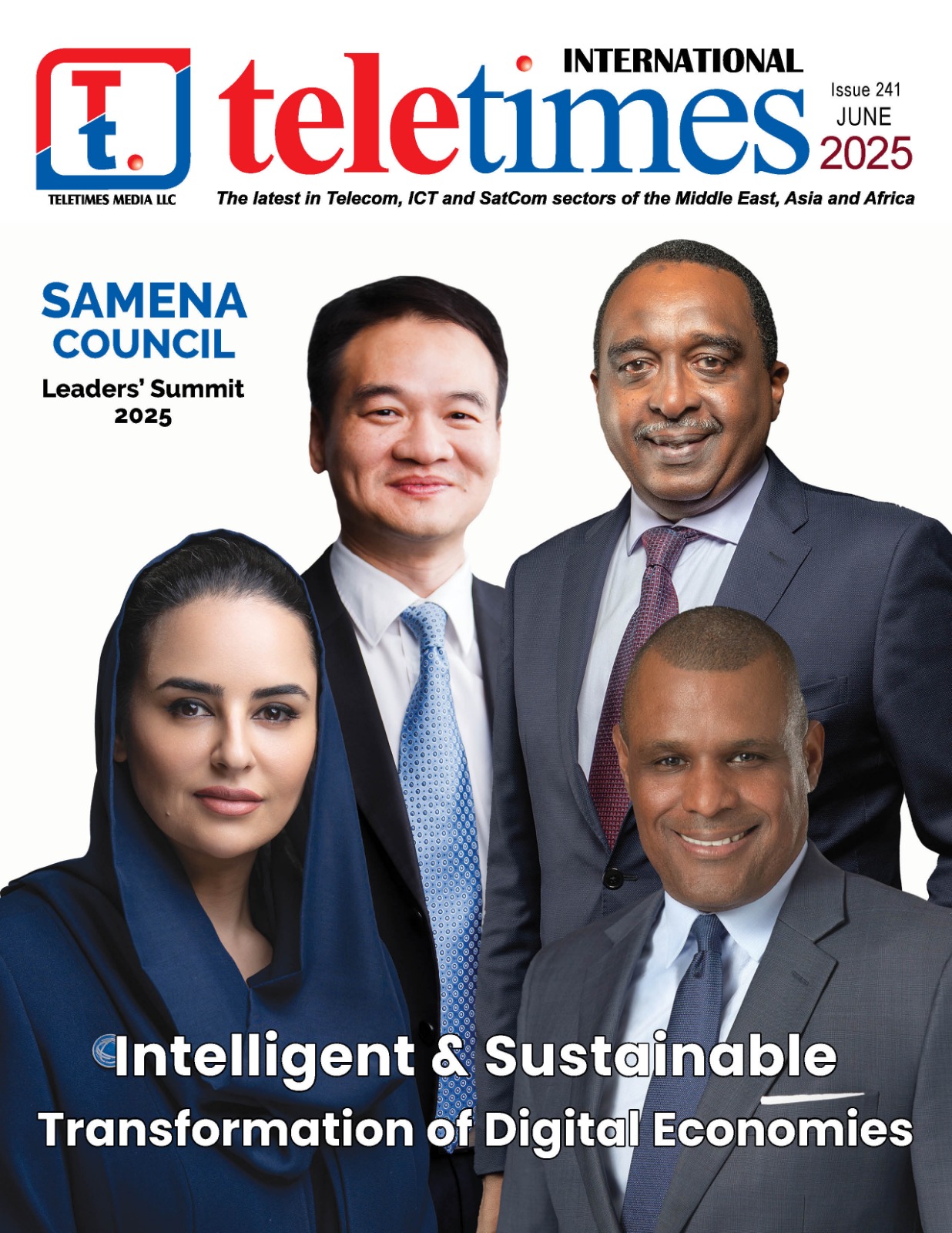Today, Huawei kicked off the 14th Global Mobile Broadband Forum in Dubai, UAE. Li Peng, Huawei’s Corporate Senior Vice President and President of the company’s Carrier BG, delivered a keynote at the event. In his speech, Li called on global carriers and industry partners to rise to the occasion, address increasing demands on networks, and make the most of the future trends.
“Let’s start today, build tomorrow’s networks for future services, and unleash 5G’s infinite potential for continuous success,” he said.
In his speech on powering a positive 5G business cycle and embracing 5.5G (5G-A), Li stated, “We are already on the right path towards 5G business success, and 5G-Advanced is the natural next step in 5G’s evolution.”
He emphasized that when we look back at history, every major economic transformation came from innovation in general purpose technologies. “Now we’re in the digital age, where the Internet is powering the digital economy,” said Li in his speech.
“5G is a critical part of new economic transformation,” continued Li. “And it’s enabling new innovation in general purpose technologies. For digital industries, 5G is developing fast, opening up new markets and opportunities.”
According to Li, future mobile networks need to have six key features: 10 Gbps downlink, 1 Gbps uplink, deterministic networking, support for a hundred-billion IoT connections, integrated sensing and communication, and native AI capabilities. To make this happen, carriers and industry players not only need to continuously enhance their capabilities in three core usage scenarios – enhanced mobile broadband (eMBB), massive machine-type communications (mMTC), and ultra-reliable low-latency communication (URLLC) – but also develop three new capabilities, including Uplink Centric Broadband Communication (UCBC) and Real-Time Broadband Communication (RTBC).
Speaking on 5G-Advanced, the next evolutionary step in 5G technology, Li also noted that the industry needs to work together to promote the development of device and application ecosystems, verify use case scenarios, and accelerate the large-scale commercialization of FWA Square, Passive IoT, and RedCap.
These efforts are crucial to make the most of the five new trends that will shape an intelligent digital future.
Glasses-Free 3D
The glasses-free 3D industry ecosystem is maturing fast. Breakthroughs in technologies including cloud rendering and real-time 3D virtual humans will take immersive experience to new heights. Moving forward, more and more devices like mobile phones and TVs will support glasses-free 3D, which will drive data traffic up by a factor of ten relative to 2D video.
Self-Guided Vehicles
By 2025, there will be more than 500 million smart vehicles on the road. With high-bandwidth and low-latency networks, smart vehicles will be able to share information with people, vehicles, roads, and the cloud in real time. In assisted-driving scenarios, smart vehicles will consume more than 300 gigabytes of data every month for cloud-based model training and weekly algorithm updates. In self-driving scenarios, data consumption will rise by a factor of 100.
Next-Gen Manufacturing
With breakthroughs in capabilities like network slicing and edge computing, the number of 5G private networks for enterprise use has increased a hundredfold, and the market size has grown to over US$10 billion. However, as production lines become more flexible, increasingly reliant on wireless networks, and more core production systems are deployed on the cloud, higher requirements are posed on 5G networks.
Huawei worked with a carrier and industry partners to build the industry’s first 5G-Advanced flexible trial production line. For this production line, 5G-Advanced supports high-concurrency and highly deterministic network connections, which helps more efficiently connect computing power between cloud and network edge.
Generalized Cellular IoT
There are more than three billion mobile IoT connections around the world, and 5G now connects more things than people. In the near future, 5G will support a broader range of IoT technologies like medium-speed RedCap and Passive IoT. This will provide more options for different IoT scenarios, allowing for more efficient flow of data, information, and computing power. For example, in the home appliance manufacturing sector, Passive IoT can help provide visibility along the entire distribution and production chain, and has helped increase overall productivity by 30% in verification trials.
Guaranteed Intelligent Computing Everywhere With the rise of new developments in AI, such as foundation models, demand for AI computing power will see explosive growth. By 2025, this demand is expected to be 100 times greater than current levels. To unleash the full potential of AI computing power, more advanced network capabilities are key. Networks will need to have larger bandwidth and lower latency to power truly intelligent connectivity. In addition, as traffic models begin to change, future networks will need to be more autonomous and intelligent to deliver a reliable experience.












